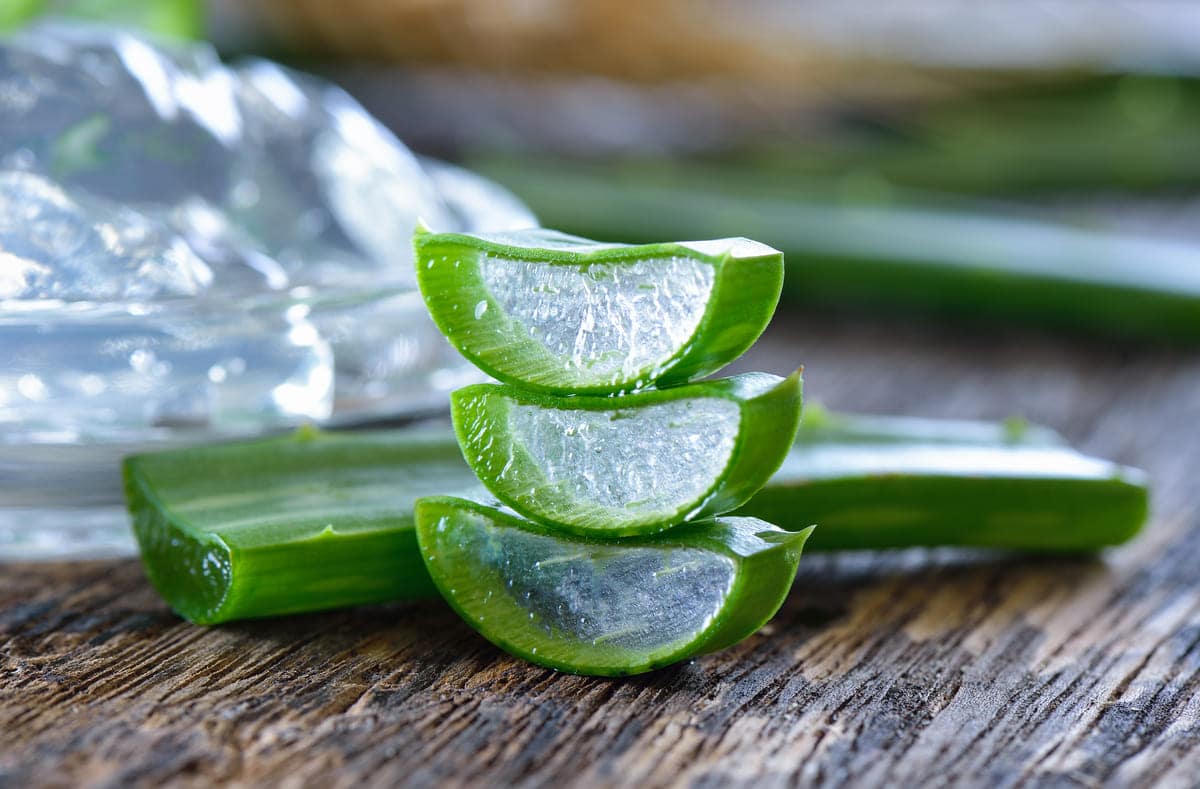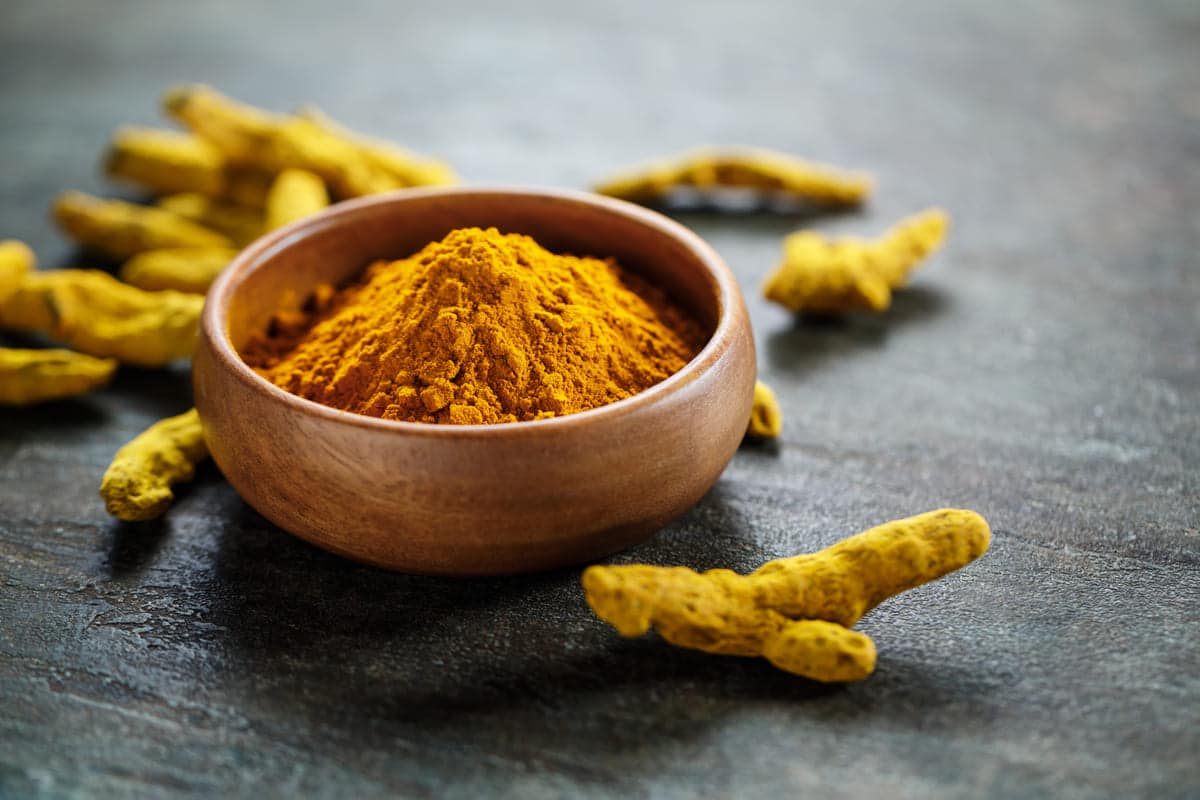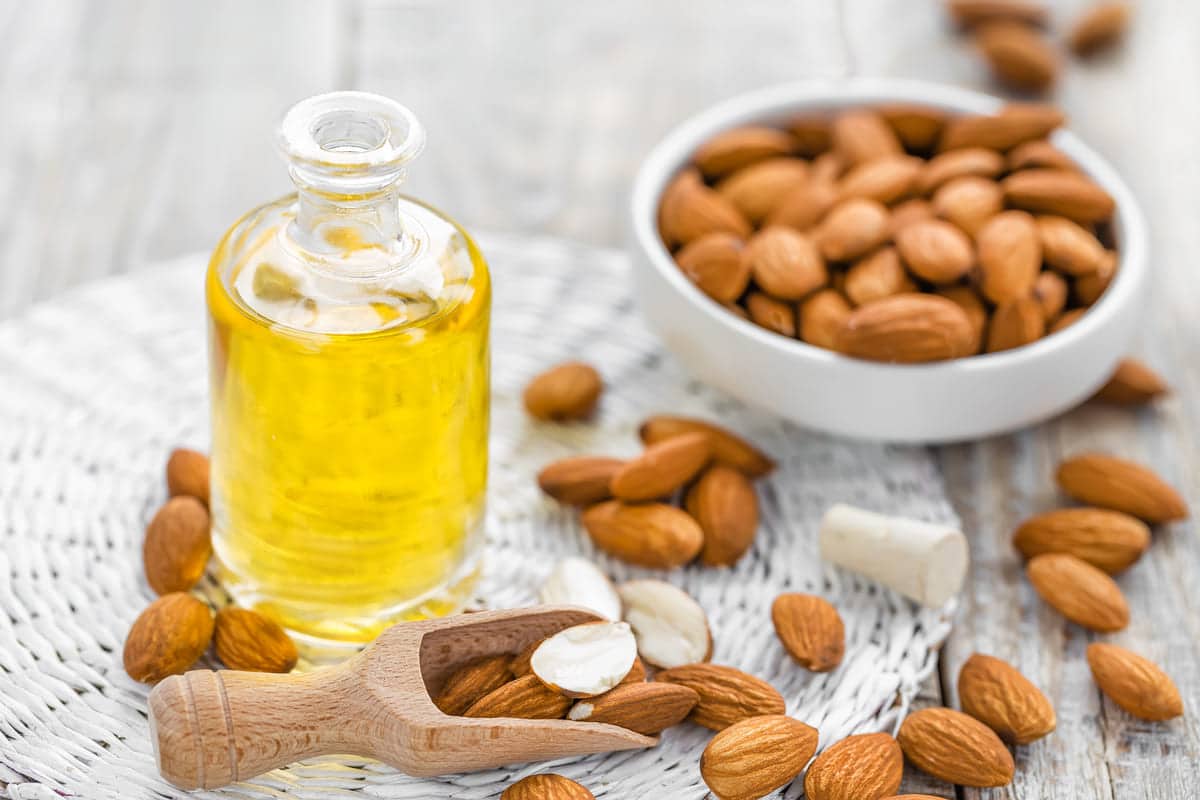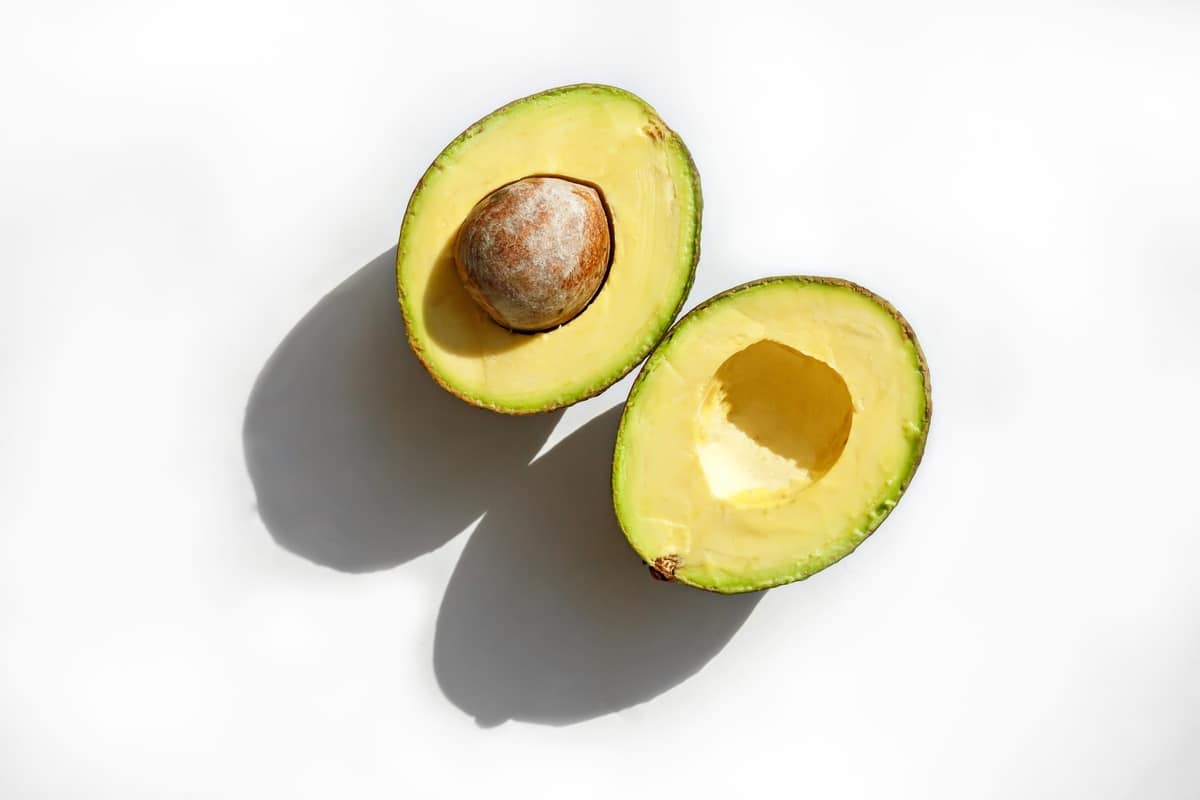When it comes to the delicate skin of our children, ensuring we use safe and beneficial ingredients is paramount. Baby’s skin is more sensitive and thinner than adults’, thus making it more susceptible to irritations and reactions. It’s important to understand which ingredients are safe for kids’ skin to provide them with the right care and protection. This not only enhances their skin health but also prevents potential skin problems. In this article, we will explore some of the best ingredients for kids’ skin and what to avoid when choosing skincare products for them.
Key Takeaways:
- Understanding the Ingredients to look for in kids’ skincare products
- Baby’s delicate skin can be sensitive to harmful ingredients
- Using natural, organic, and gentle ingredients is essential for kids’ skin health
In This Article
Natural Ingredients That Are Good For Kids’ Skin
For your little one’s skin, natural ingredients are always the best option. They are gentle, safe, and free from harsh chemicals that can irritate or harm their delicate skin. When you choose baby products made with natural ingredients, you can feel confident knowing that you are giving your child the best possible care. Here are some of the best ingredients that are great for kids’ skin:
1. Aloe vera

Aloe vera is a wonderful natural ingredient for kids’ skin. It has anti-inflammatory properties that can soothe and hydrate the skin, making it perfect for treating rashes, burns, and other skin irritations. It also contains vitamins and minerals that nourish the skin while keeping it soft and smooth. Aloe vera gel for sensitive skin is a great addition to your child’s skincare routine. To use aloe vera,
- Buy moisturizer or cream containing aloe vera
- Apply a thin layer over your child’s skin after bathing, before bedtime.
- Use aloe vera contains baby powder to treat skin rashes.
- Make sure to choose pure aloe vera products without any added fragrances or dyes that can irritate your child’s skin.
2. Shea Butter
Shea butter is another natural ingredient that is extremely beneficial for kids’ skin. It is rich in fatty acids and vitamins, making it a great moisturizer that can heal dry, cracked skin. Shea butter also has anti-inflammatory properties that can help soothe skin irritation and redness. For baby’s dry skin, you can use pure shea butter as a natural alternative to conventional lotions. You can also look for baby skincare products with shea butter in their ingredients list. To use it;
- Take a small amount of butter and rub it between your palms to melt.
- Gently massage the melted butter onto your child’s skin.
- Use it after bathing or as needed throughout the day.
3. Coconut oil
Coconut oil helps to promote healthy skin in children. It’s packed with nourishing fatty acids and antioxidants, which help to maintain the skin barrier and keep the skin soft and moisturized. Coconut oil can be a great remedy for dry or chapped skin and has a smooth texture that makes it easy to apply. It’s also known to reduce allergic reactions and skin irritation due to its anti-inflammatory properties. To use coconut oil;
- Warm a small amount of coconut oil between your palms until it melts.
- Gently massage the oil into your child’s skin, ensuring it absorbs well.
- Use it as a moisturizer after bathing or anytime your child’s skin feels dry.
4. Turmeric

Turmeric has powerful anti-inflammatory and antioxidant properties that can help soothe and protect your child’s skin. When mixed with other ingredients like honey or yogurt, turmeric can help improve the skin’s glow and complexion. However, it’s important to note that turmeric should be used sparingly to avoid staining the skin. If you use natural skincare products for your kids, then turmeric powder can be an effective ingredient. Here are some ways to use turmeric in your child’s skincare routine:
- Mix a small amount of turmeric with honey or yogurt and apply it as a face mask for 10-15 minutes before rinsing off.
- Add a pinch of turmeric powder to lukewarm water and use it as a bath soak for dry or irritated skin.
- Combine turmeric powder with a carrier oil like coconut or almond oil and use it as a spot treatment for insect bites or rashes.
5. Jojoba Oil
Another natural oil that is beneficial for children’s skin is jojoba oil. This oil closely resembles the sebum produced by our skin, making it an ideal moisturizer for all skin types, including sensitive and acne-prone skin. Jojoba oil also has antimicrobial properties, which can help to protect the skin from bacteria and fungi. It’s a lightweight oil that is easily absorbed by the skin, leaving it feeling soft and smooth. This oil can easily be used on your child’s body and face to soothe dry, itchy, or irritated skin. To use jojoba oil;
- Buy kid’s skincare products that contain jojoba oil as an ingredient.
- Mix a few drops of jojoba oil with your child’s regular moisturizer for added hydration.
- Apply it directly to the affected area, such as dry patches or eczema flare-ups.
6. Almond Oil

Almond oil is a gentle and nourishing oil that is perfect for kids’ sensitive skin. It is high in vitamin E and essential fatty acids, making it a great moisturizer that can help soothe dryness and irritation. Almond oil also has anti-inflammatory properties that can reduce redness and swelling, making it ideal for treating skin conditions like eczema or psoriasis. You can use almond oil in different ways for your child’s skincare;
- Use it as a massage oil to relax and moisturize your child’s skin.
- Apply a few drops of almond oil to damp skin after bathing.
- Mix it with sugar or salt to create a gentle exfoliant for your child’s skin during bath time.
7. Chamomile
For your baby’s skin, chamomile is a soothing and calming natural ingredient. It has anti-inflammatory properties that can help alleviate skin irritation and redness. Chamomile also has antioxidants that protect the skin from damage caused by environmental factors. For kids, buy products infused with chamomile or use it in its pure form by making chamomile tea and using it as a skin rinse. To use chamomile;
- Steep chamomile flowers in hot water for 10 minutes to make tea.
- Let the tea cool down and use it as a skin rinse after bathing.
- You can also soak a clean cloth in the tea and use it as a compress for irritated or sensitive skin.
- Make sure to test the tea on a small patch of skin first to ensure your child is not allergic to chamomile.
8. Avacado

Avocado is not just a delicious fruit but also a great ingredient for kids’ skin. It contains vitamins A, D, and E, which are essential for healthy skin development. Avocado is also rich in oleic acid, making it an excellent moisturizer that can nourish and hydrate your child’s skin. You can use avocado-based moisturizer for your child’s dry or itchy skin. If you think your child may be allergic to avocado, do a patch test before using it. To use avocado for your child’s skin;
- Take one ripe avocado and mash it into a smooth paste.
- Apply the paste on your child’s skin and leave it on for 10-15 minutes.
- Gently rinse off with lukewarm water and pat dry.
9. Zinc Oxide
Zinc oxide is a mineral that is commonly used in baby sunscreen products. It provides protection against harmful UV rays and is gentle enough for sensitive young skin. Zinc oxide can also help soothe diaper rash and other skin irritations due to its anti-inflammatory properties. When choosing a sunscreen for your child, make sure it contains zinc oxide as one of the main ingredients. Also, if you using petroleum jelly for diaper rash, try switching to a product containing zinc oxide for better results.
10. Olive Oil
In most baby skincare products, Olive Oil is also a common ingredient. It is rich in antioxidants and vitamins that can protect the skin from free radical damage. Olive oil also has anti-inflammatory properties that make it an excellent choice for treating eczema, diaper rash, and other skin conditions. You can use oil:
- As a natural baby massage oil.
- Mix it with sugar to create a gentle exfoliating scrub for your child’s skin.
- As a natural remedy to treat cradle cap (a common condition in infants).
- Use it as a moisturizer for your child’s hair to keep it soft and shiny.
What ingredients you should avoid on Kid’s Skin?
When it comes to kids’ skincare, potentially harmful ingredients should be avoided due to their potential harm to delicate and sensitive skin. Here are some of them:
- Parabens: These are commonly used preservatives in many skincare products, but they can disrupt hormone function, potentially leading to developmental and reproductive toxicity.
- Phthalates: Often found in fragrances, phthalates have been linked to hormonal disruptions and potential developmental problems.
- Sulfates: These chemical detergents can strip the skin of its natural oils, causing dryness, irritation, and allergic reactions.
- Synthetic Fragrances: Synthetic fragrances can cause allergic reactions and skin irritation. Look for products that are fragrance-free or use natural fragrances instead.
- Mineral Oil: While it’s a common ingredient in baby lotions and creams, mineral oil can clog pores and suffocate the skin, preventing it from breathing naturally.
- Formaldehyde: Found in some soaps and shampoos, formaldehyde is a known carcinogen and can cause skin irritation and allergies.
- Oxybenzone and Octinoxate: Commonly found in chemical sunscreens, these ingredients can disrupt hormones and cause skin allergies.
- PEG Compounds: These petroleum-based compounds can be contaminated with harmful chemicals and may cause skin irritation and allergic reactions.
- Talc: Used in baby powders, talc can cause respiratory issues if inhaled and has been linked to ovarian cancer. If using a powder, look for cornstarch-based options instead.
Importance of choosing ingredients in Baby Skin Care Products
When it comes to your child’s skincare, it’s crucial to choose products with safe and gentle ingredients. Baby’s delicate skin is more vulnerable to harsh chemicals and fragrances, making them prone to skin irritation and allergies. Here are some reasons why you should pay attention to the ingredients in your child’s skincare products:
- Safety: Babies have delicate skin that can easily absorb substances. Choosing skincare products with safe ingredients ensures no harmful substances get into their system.
- Prevention of Allergies: Some ingredients can cause allergic reactions in babies. By choosing hypoallergenic ingredients, you can reduce the risk of skin rashes and irritations.
- Maintaining Skin Health: Ingredients like natural oils and butter can help maintain the skin’s natural moisture barrier, keeping the baby’s skin healthy and hydrated.
- Avoiding Irritation: Harsh chemicals can cause redness, dryness, and discomfort. Gentle, natural ingredients are less likely to irritate a baby’s delicate skin.
- Long-term Health: Early exposure to certain chemicals can potentially lead to health issues later in life. Choosing clean, non-toxic ingredients protects your baby’s long-term health.
- Eco-Friendly: Using natural and organic ingredients not only benefits your baby’s skin but also has a positive impact on the environment.
- Peace of Mind: Knowing that you are using safe and gentle ingredients on your child’s skin can give you peace of mind as a parent.
The Bottom Line
To sum it up, choosing skincare products with natural, gentle ingredients is essential for your child’s delicate skin. Avoiding potentially harmful chemicals and opting for safe and eco-friendly options can promote healthy skin in the long run. Remember always to read ingredient labels and do research before making a purchase. Your child’s well-being should be the top priority when it comes to their skincare routine. So, choose wisely and provide the best care for your little one’s skin.
FAQs
Do kid’s skin color change?
Yes, a child's skin color can change over time due to various factors such as sun exposure, diet, and age. However, it generally stabilizes by their teenage years, reflecting their true complexion.
Can 12-year-olds use skincare?
Yes, 12-year-olds can use skincare products, but they should be simple and gentle. A basic routine including a mild cleanser, moisturizer, and sunscreen is usually sufficient. Avoid products with harsh chemicals to prevent skin irritation.
Can a dark baby become fair?
A baby's skin color can lighten over time due to natural growth and development. However, it's important to note that skin color is largely determined by genetics, and it's healthy and normal for it to vary widely.
Is hyaluronic acid safe for 11 years old girl?
Yes, hyaluronic acid is safe for an 11-year-old girl. It's a natural compound produced by the skin that helps keep it moisturized. Gentle skincare products containing hyaluronic acid can be part of a preteen's skincare routine.











